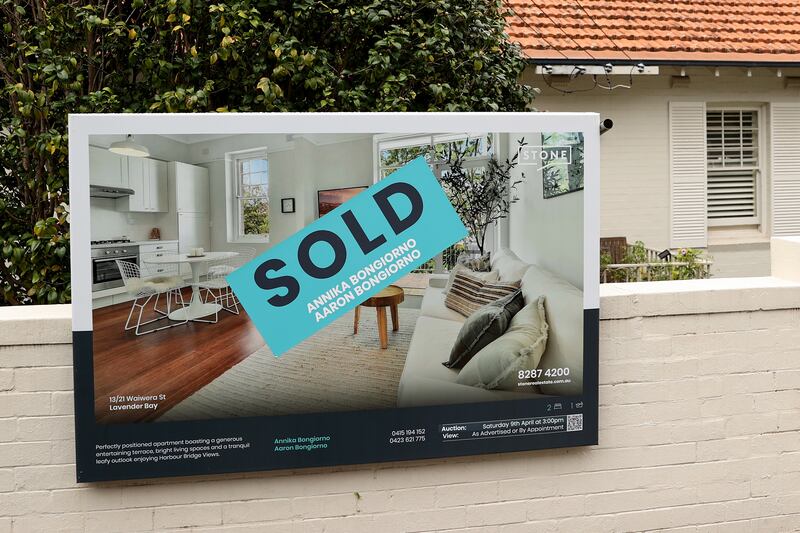Australia’s housing market suffered its biggest annual decline since 2008 last year as sharp interest rate hikes sapped buying power and put off investors.
The national Home Value Index fell 5.3 per cent in 2022, the first decline since 2018, CoreLogic said in a report on Tuesday. Annual falls were the biggest in the bellwether market of Sydney, which slid 12.1 per cent, followed by an 8.1 per cent drop in Melbourne. National values declined 1.1 per cent in December, according to the report.
Home values could fall further in the early months of 2023 before stabilising after interest rates peak, according to Tim Lawless, research director at CoreLogic. Despite the downturn across many areas of the country, “housing values generally remain well above pre-Covid levels,” CoreLogic said in the report, suggesting the sector is weathering the sharpest monetary tightening cycle in a generation.
The Reserve Bank has raised interest rates by 3 per cent since May to 3.1 per cent and is widely expected to hike one or two more times this year. RBA officials have generally expressed confidence in Australia’s housing market, highlighting that prices are still higher than at the onset of the pandemic. In addition, with unemployment at the lowest level in almost 50 years, borrowers are well placed to meet their commitments and loan arrears are likely to be limited.
Australia’s A$9.4 trillion ($6.4 trillion) housing market has declined 8 per cent from the recent peak reached in April, after surging 28.6 per cent from a pandemic-induced trough, CoreLogic said.
Mr Lawless highlighted that 2023 was likely to test the housing market as record-low fixed-rate mortgages start to expire and such borrowers are forced to shift to much higher variable rates.
An RBA document last month showed some 30 per cent of Australian borrowers on fixed-rate mortgages will see repayments climb by more than 40 per cent when their loans roll over in 2023.






